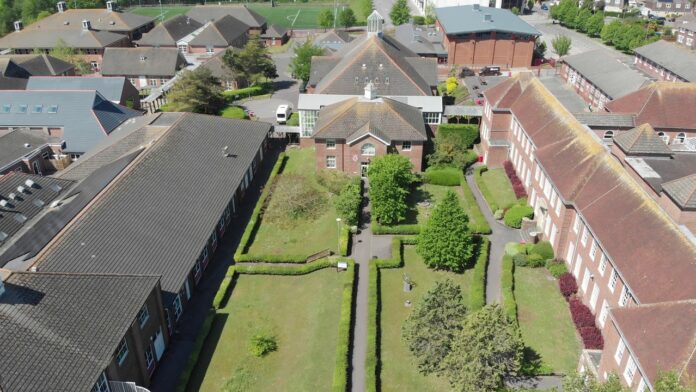In an increasingly interconnected world, the threat of cyber attacks has become a pervasive concern for organisations of all kinds, including educational institutions. The Thomas Hardye’s School in Dorchester, known for its commitment to academic excellence, fell victim to a significant cyber attack that shocked the community and highlighted the vulnerabilities faced by educational establishments in the digital age. Let us examine the cyber attack at Thomas Hardye’s School, its implications, and the lessons it teaches about the importance of cybersecurity.
Background of the Cyber Attack
In early 2023, Thomas Hardye’s School faced a highly sophisticated cyber attack that disrupted its daily operations and compromised sensitive information. The attack, carried out by an unknown entity, targetted the school’s computer systems, resulting in the loss of student data, financial records, and administrative files. The attack exploited vulnerabilities in the school’s network infrastructure and security protocols, enabling the attackers to gain unauthorised access and wreak havoc within the system.
Implications of the Cyber Attack
Disruption of Academic Activities: The cyber attack at Thomas Hardye’s School has led to significant disruption in the delivery of education. The school’s digital infrastructure was rendered inoperable, affecting communication channels, timetables, and access to crucial learning resources. Students and teachers face challenges in continuing their academic activities, causing a loss of valuable instructional time and productivity.
Privacy and Data Breach Concerns: The breach of sensitive student data and administrative records raises serious concerns about privacy and data protection. Personal information, including names, addresses, and contact details, have been compromised, potentially exposing students and staff to various risks such as identity theft and targeted scams. The incident highlights the need for robust data security measures and effective safeguards to protect confidential information within educational institutions.
Reputational Damage: The cyber attack has inflicted reputational damage on Thomas Hardye’s School, eroding the trust and confidence of students, parents, and the wider community. The breach highlighted the school’s vulnerability to cyber threats and raised questions about its ability to safeguard critical data and ensure a secure learning environment. Rebuilding trust and reputation in the aftermath of such an incident requires substantial efforts and long-term cybersecurity investments.
Lessons and Recommendations
Strengthening Cybersecurity Infrastructure: Educational institutions must recognise the importance of investing in robust cybersecurity infrastructure. Regular audits, vulnerability assessments, and updates to security systems can help identify and mitigate potential weaknesses, reducing the risk of successful cyber attacks. Implementing multi-factor authentication, strong password policies, and encryption techniques can add additional layers of protection.
Cybersecurity Awareness and Training: Education on cybersecurity best practices should be integrated into the curriculum and provided to students, teachers, and administrative staff. Creating a culture of cybersecurity awareness can help prevent social engineering attacks, phishing attempts, and other common cyber threats. Regular training sessions and awareness campaigns can empower individuals to identify and respond effectively to potential risks.
Incident Response and Business Continuity Plans: Establishing comprehensive incident response plans is vital for educational institutions to minimise the impact of cyber attacks. These plans should outline the steps to be taken in the event of an attack, including communication protocols, data backup procedures, and strategies for maintaining essential operations. Regular drills and simulations can help test the effectiveness of these plans and ensure a swift response during real-world incidents.
Collaborative Efforts and Information Sharing: Schools should foster collaboration with cybersecurity experts, local authorities, and other educational institutions to exchange information, share best practices, and stay updated on emerging threats. Collaborative efforts can strengthen the collective resilience against cyber attacks and enable educational institutions to respond more effectively to evolving challenges.
To conclude, the cyber attack at Thomas Hardye’s School in Dorchester has served as a wake-up call, shedding light on the vulnerabilities faced by educational institutions in the digital age. The incident underscores the importance of prioritising cybersecurity in schools, implementing robust measures to protect sensitive data, and fostering a culture of cybersecurity awareness. By learning from this unfortunate event and taking proactive steps, educational institutions can better safeguard their digital infrastructure and ensure a secure learning environment for students and staff alike.







